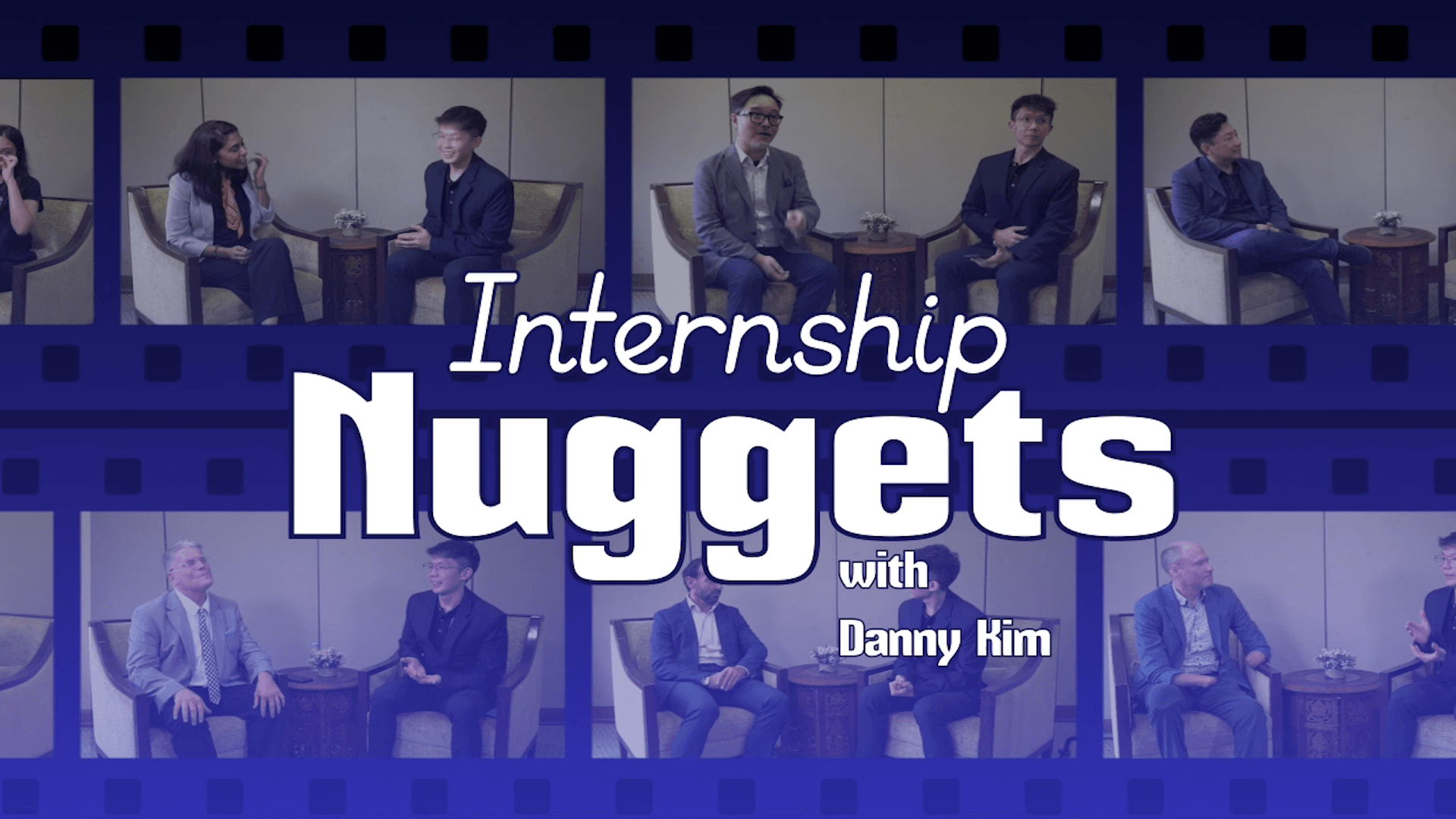Are They All Aligned?

The workforce in companies is becoming increasingly diverse. People come from varied backgrounds, and the belief is that their differences will help the company grow.
For that to happen, however, there must be an alignment of core values. According to Jim Collins, business consultant and author, “there is a big difference between being an organisation with a vision statement and becoming a truly visionary organisation.”
“The difference lies in creating alignment – alignment to preserve an organisation’s core values, to reinforce its purpose, and to stimulate continued progress towards its aspirations,” he writes.
HERE ARE A FEW OF COLLINS’ WAYS TO APPLY THIS PROCESS OF ALIGNMENT:
1. Identify and correct misalignments
Misalignments exist when policies and systems become flexible and the company’s values have been blurred.
Are there misalignments in your organisation? Take a look around and start talking to people and get their perspectives. Together, you can identify misalignments in core values and strive to correct them.
2. Create new alignments
Consistency isn’t enough. “True alignment means being creatively compulsive,” Collins explains.
Take the extra step to go further than identifying misalignments. If a core value is motivating and supporting employee creativity and participation, a great example is creating a suggestion box in all areas of the office, be it in the corridors, meeting rooms or the pantry where ideas can pop up.
3. Identify your core values
Your goal is to seek and hire people who are willing to share your core values. Although employees may come from diverse backgrounds, they must also be able to share the set of values your company has.
Ask employees these questions: What are the core values you carry to work? Can you visualise these values being brought forth into the next decade or century? Can this organisation hold on to these values in the future?
Practices and strategies change, core values don’t.
4. Differentiate between values, systems and strategies
Collins writes that “Timeless core values should never change; operating practices and cultural norms should never stop changing.”
For example, a core value that never changes in an academic institution is the growth of one’s knowledge and intellect. The practice that supports this core value is academic tenure.
Although your core values and goals should be properly fixed, your procedures, policies, structures, systems and everything else have to be open to change.
For more Be A Leader articles, click here!
Leadership
This article is published by the editors of Leaderonomics.com with the consent of the guest author.





